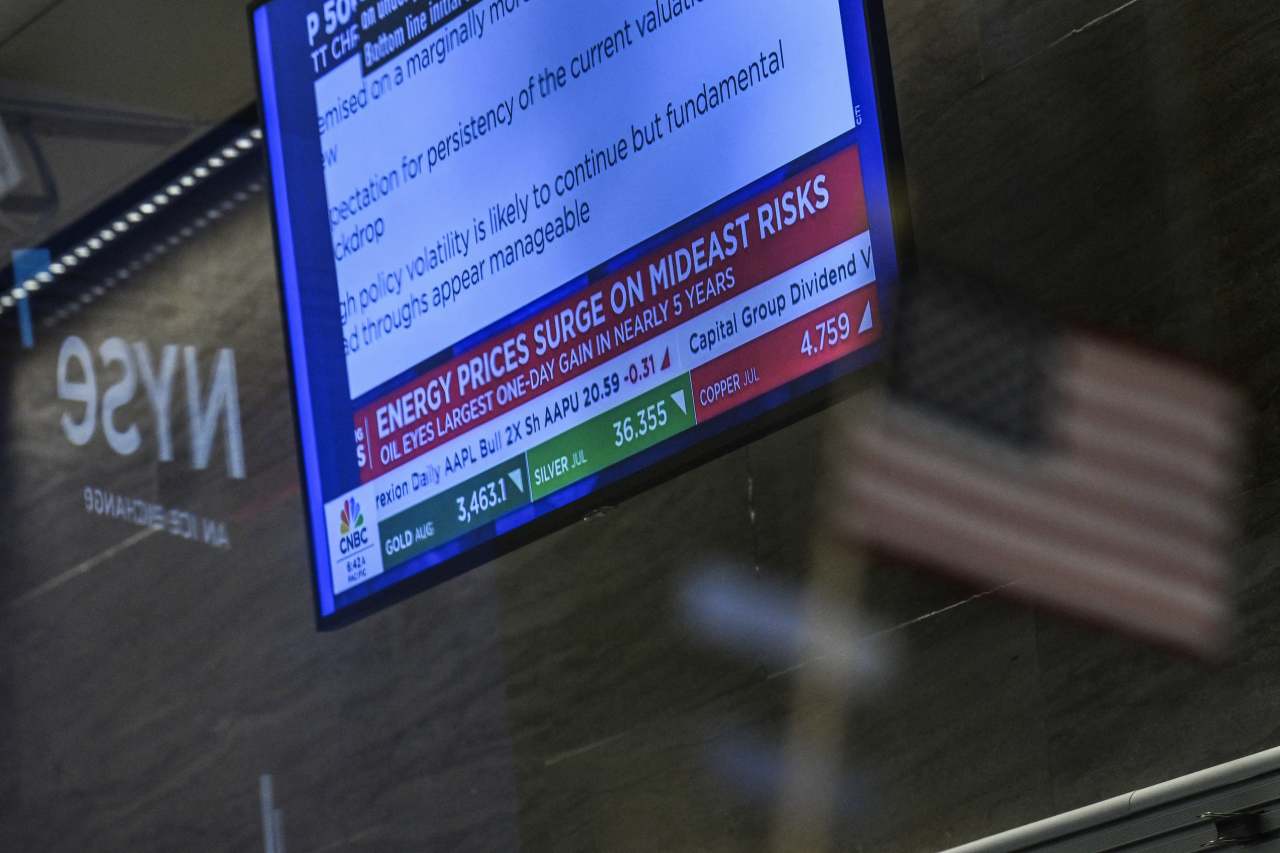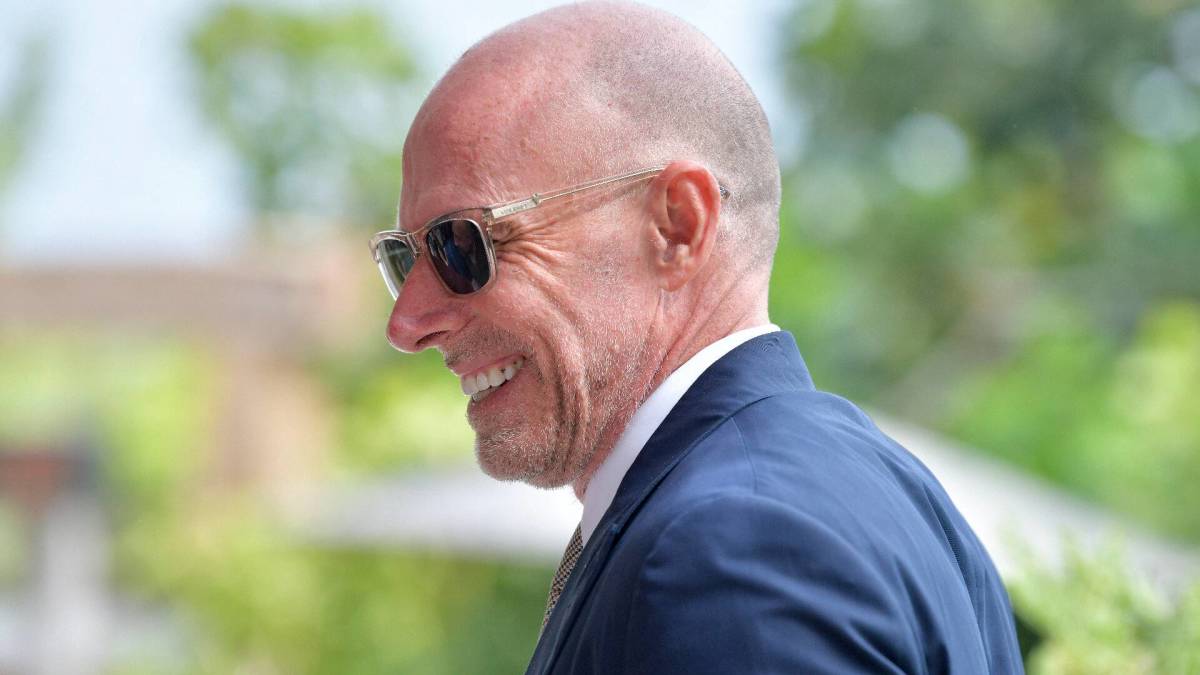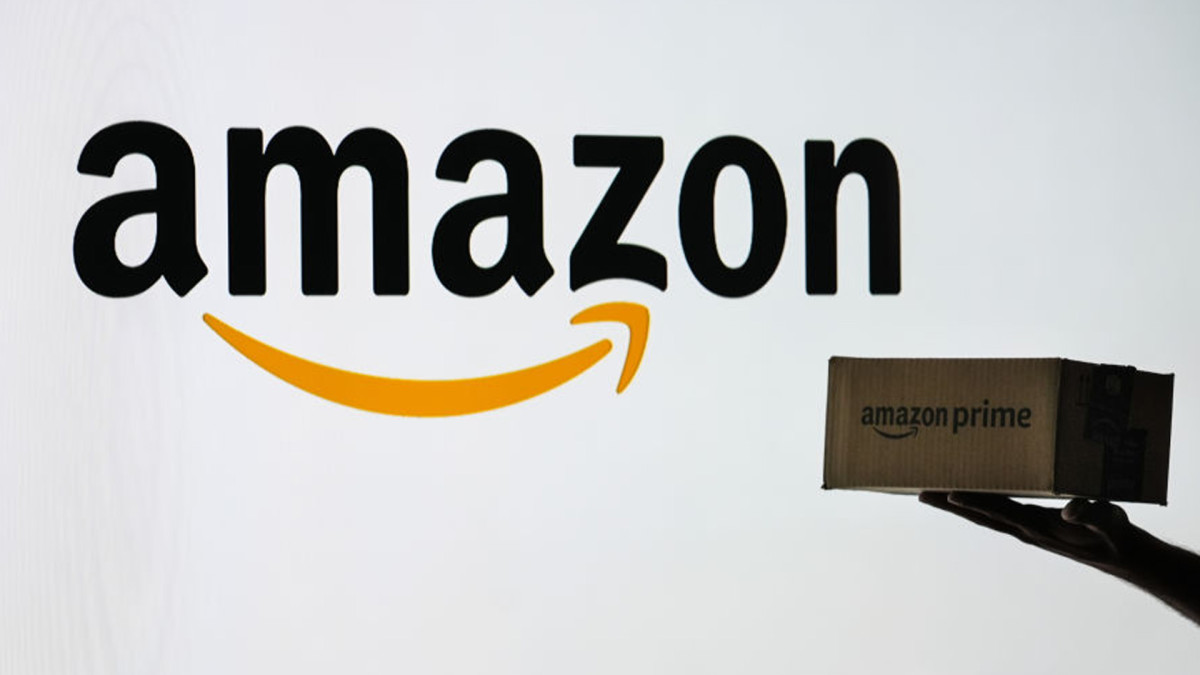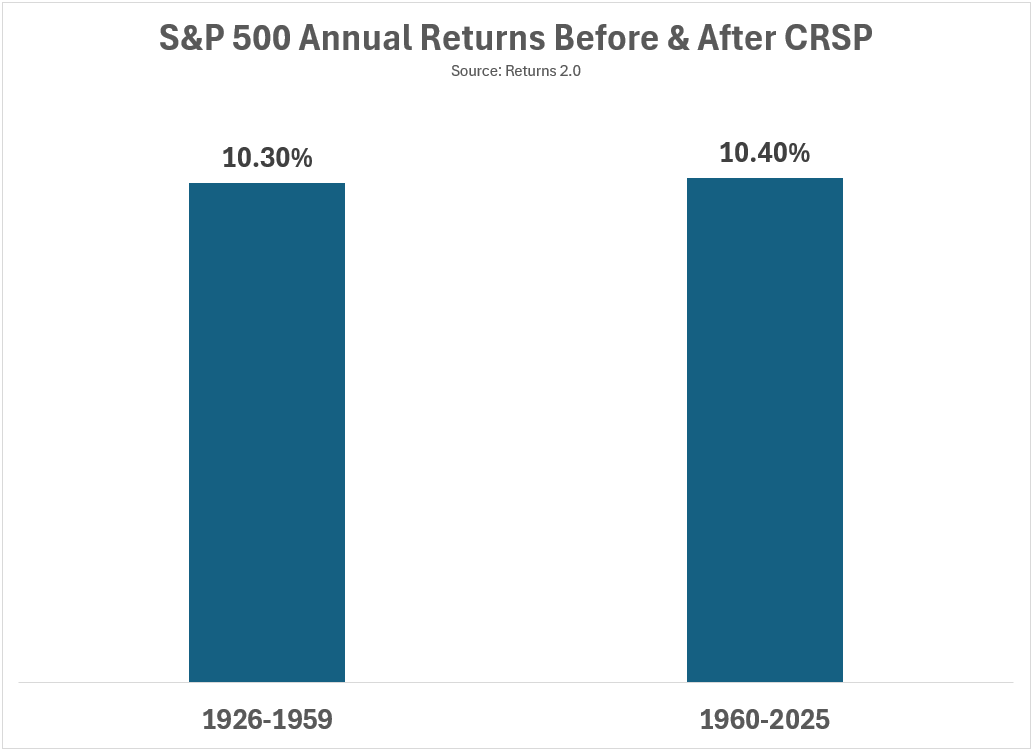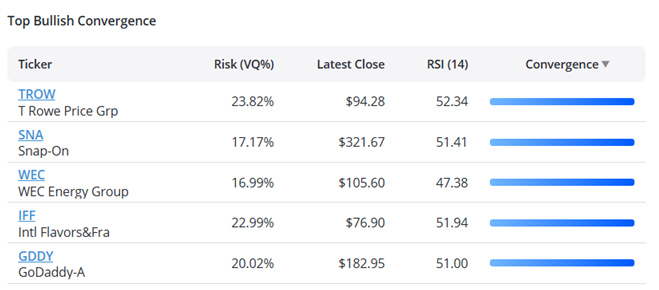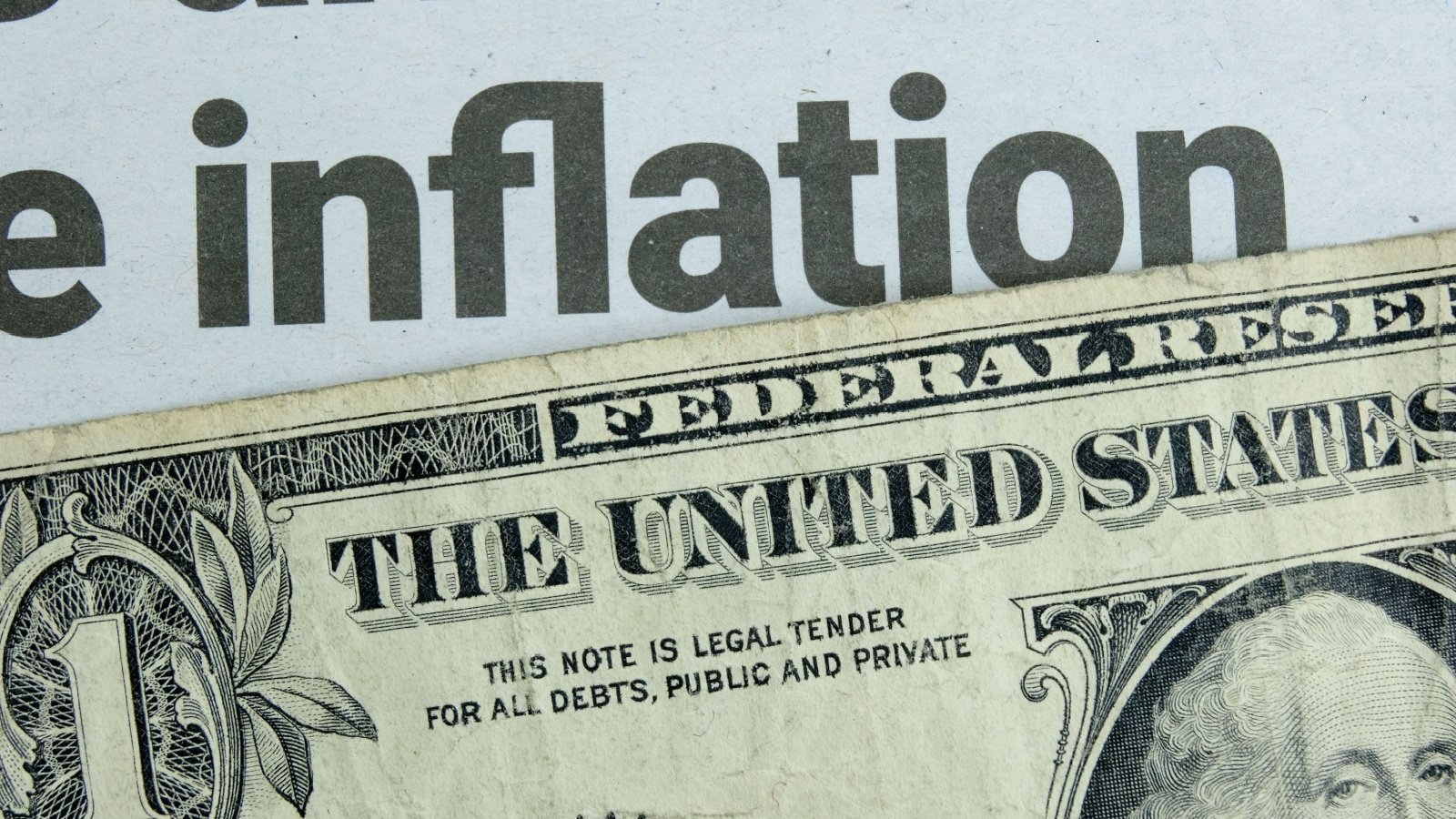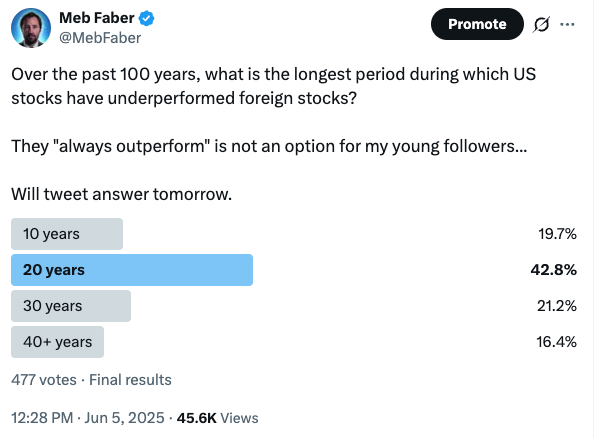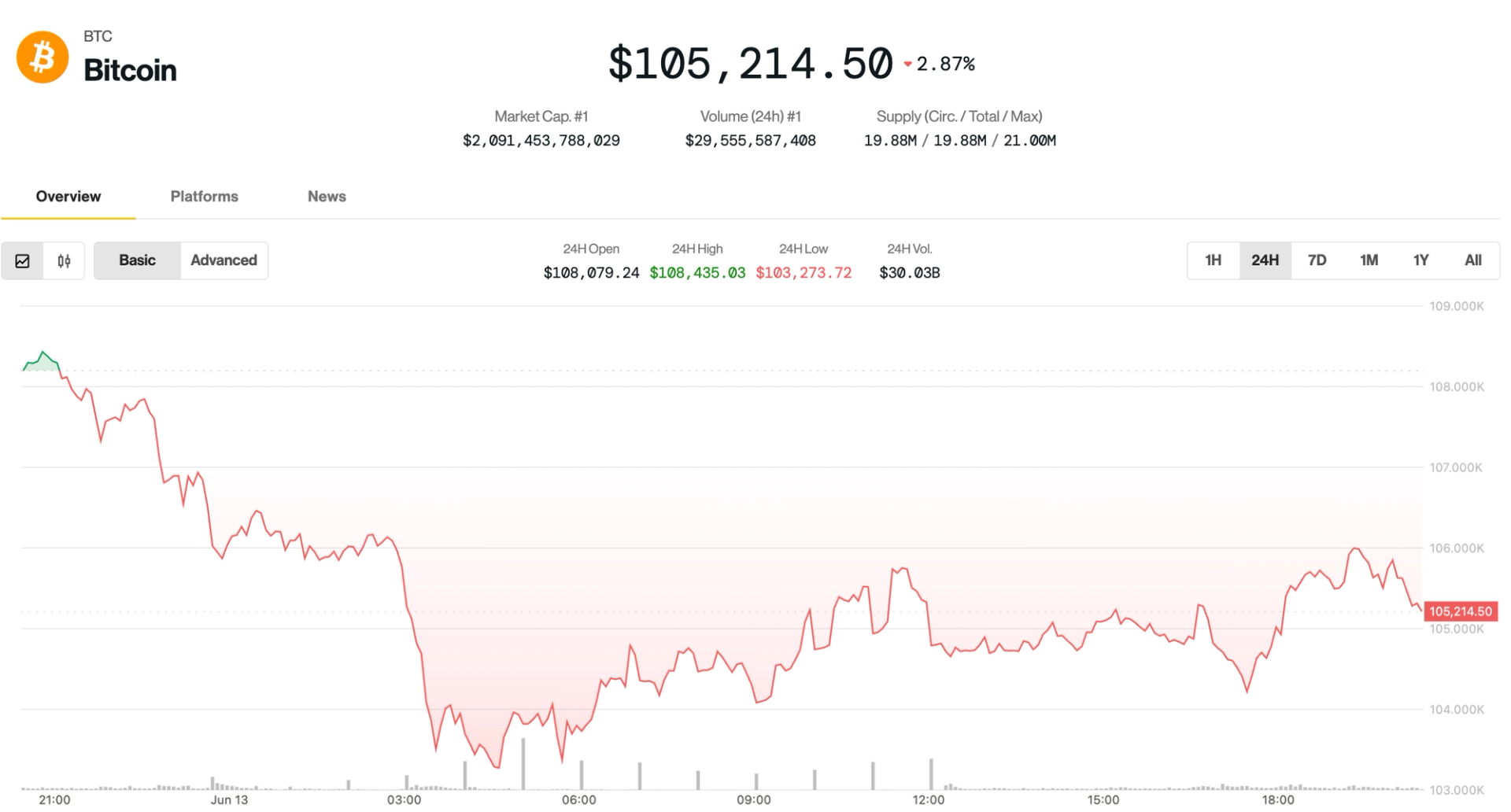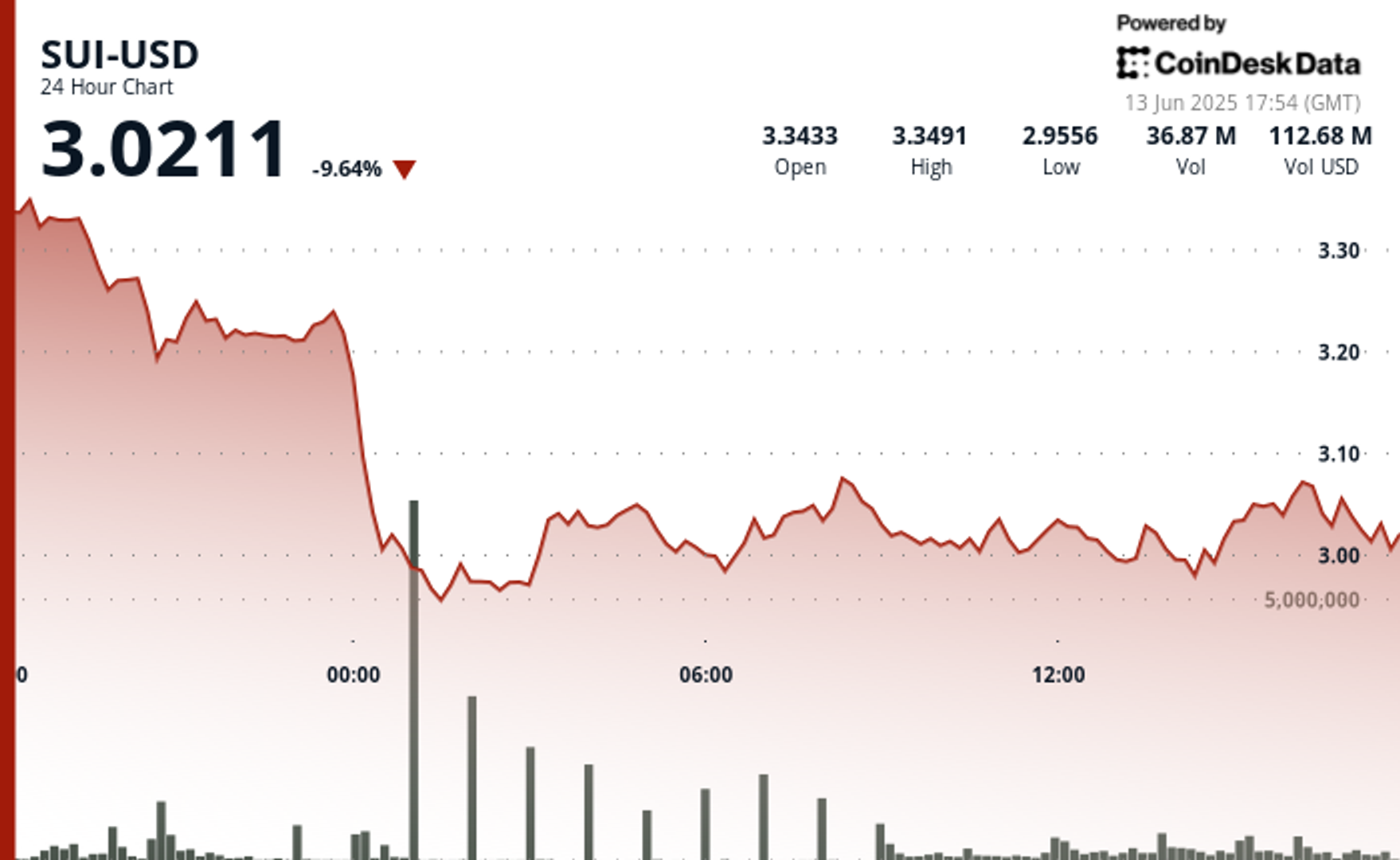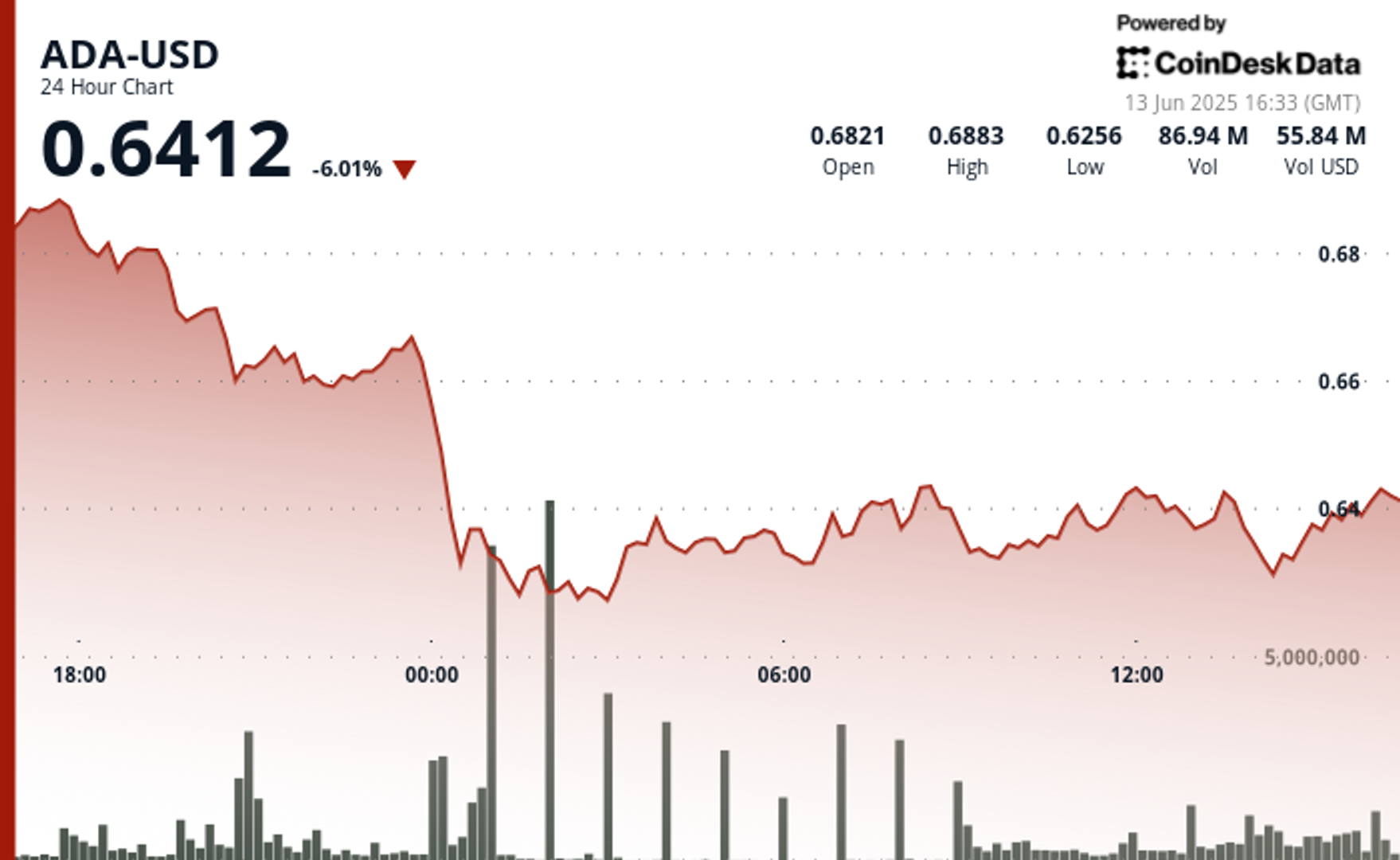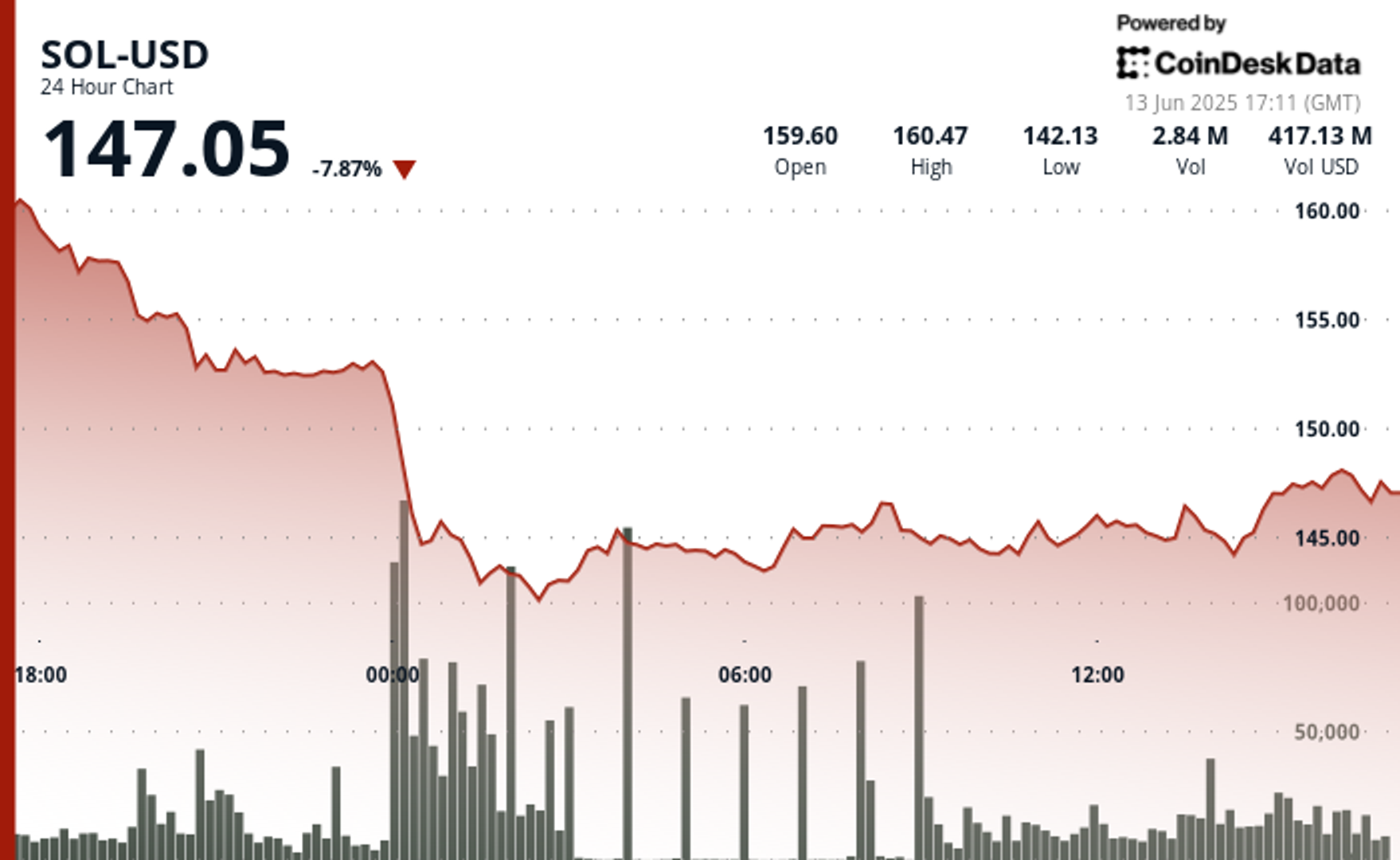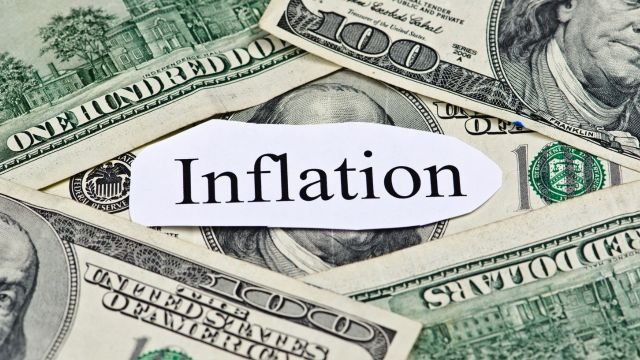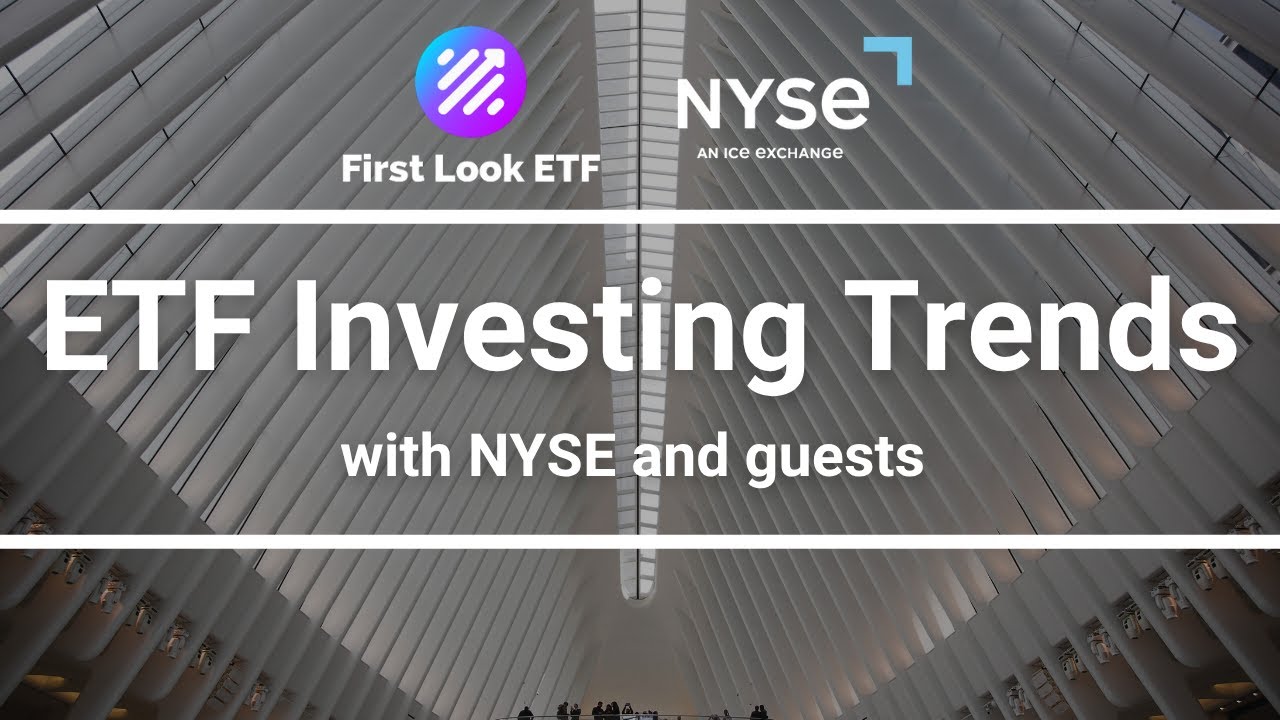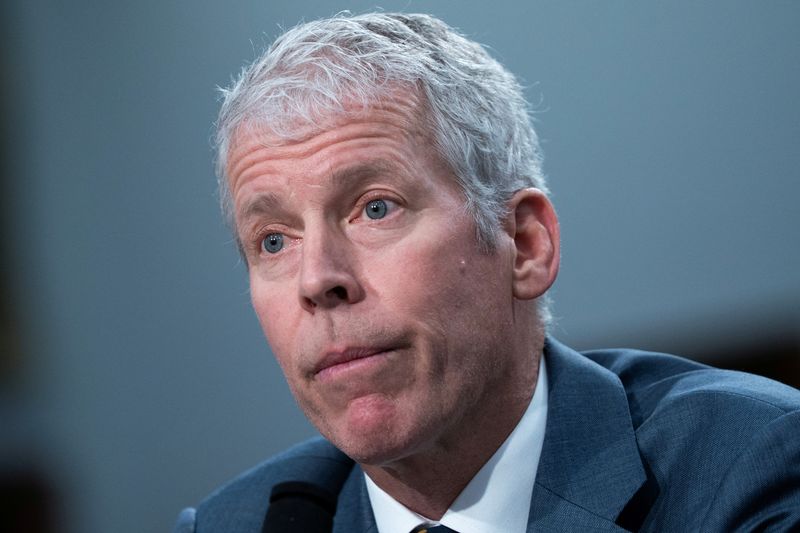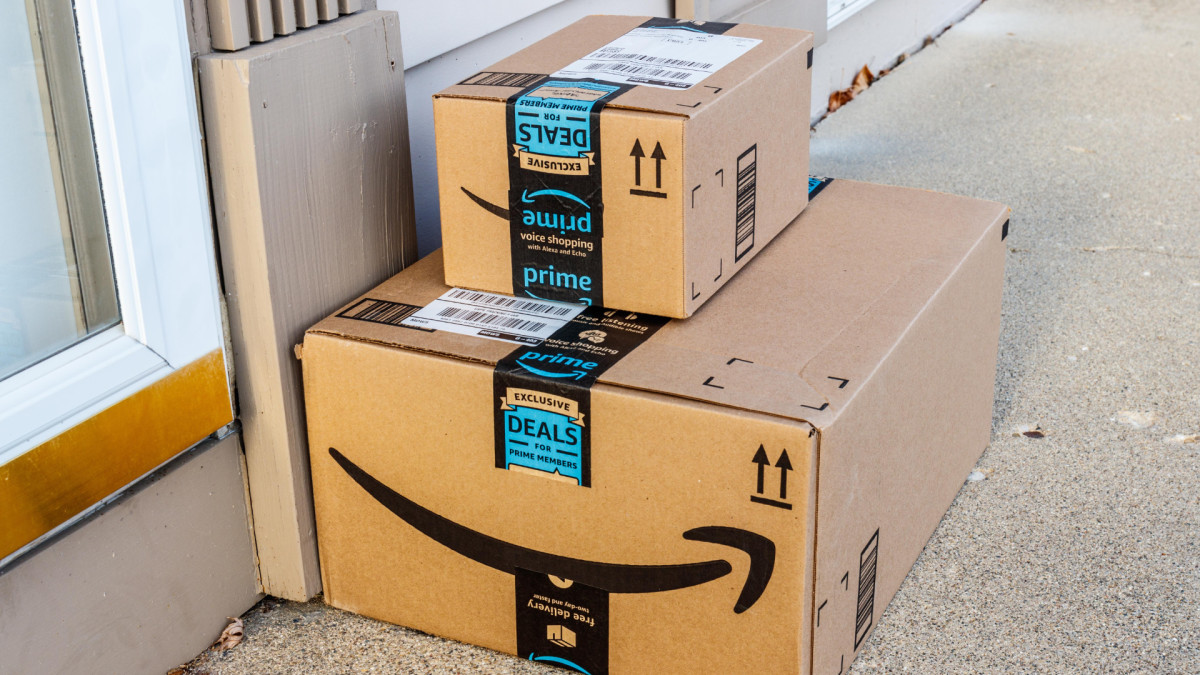Social media influencers are about to make a lot more money
Advertisers are shifting more money to social media.

After four generations and over 80 years of dominance, television may finally have been surpassed by the next big thing.
Television viewership has shifted dramatically in recent years.
Related: Paramount Global CEO lands in the middle of critical DC battle
In the mid-2000s, smart TVs revolutionized the way Americans watched television. Before that, broadcast and cable accounted for 100% of viewership hours, but smart TVs feature apps that let viewers break away from broadcast schedules to stream their content whenever they like.
According to Nielsen, streaming surpassed cable and broadcast viewing time for the first time in 2024, with over 40% of all TV viewing time spent on streaming.
This is great for television itself, since there are now more shows to choose from than ever. But the business is hurting, because streaming allows viewers to minimize or altogether avoid advertisements.
The shift is most prominent among young people. About 95% of 18- to 24-year-olds report watching streaming content weekly, with most going to Connected TV platforms like Hulu, Roku, and YouTube TV for their entertainment, according to a study this year from AmbioEdu.
Ads are the lifeblood of the television entertainment industry. However, with people watching fewer commercial sports, advertisers have had to get creative with getting the word about their products out to the public.
Many are turning to social media influencers to make up the difference. 
Ad agencies expected to curb spending this year, turn to social media to make up the difference
It will be a challenging year for advertising salespeople, according to the latest forecast from advertising giant WPP Media.
WPP Media is downgrading its projected ad revenue forecast for this year to 6% growth from its December forecast of 7.7%.
The London-based company, a subsidiary of WPP (formerly known as GroupM), expects global ad revenue to reach $1.08 trillion this year, according to a report it published this week. But uncertainty around tariffs and geopolitics has advertisers spooked, and they expect to be a bit more conservative in the near term.
Despite the outlook, advertisers will still spend over a trillion dollars this year, so how will they deploy their dollars?
“It makes it somewhat difficult for advertisers, and it’s why I’ve spoken about one of the big trends this year being a shift to more flexibility and agility, rather than a pullback,” WPP Global President of Business Intelligence Kate Scott-Dawkins told the Hollywood Reporter.
Related: Comcast spends big bucks to bring back an NBA legend
This shift explains why the WPP Media report expects content creator-generated revenue to rise 20% from 2024 numbers to $184.9 billion. By 2030, it's expected to more than double to $376.6 billion.
Digital advertising accounts for 73% of global ad revenue, or 81.6% when streaming TV and digital out of home ads are factored in.
Meanwhile, television advertising is expected to grow by only 1% in 2025 to $162.5 billion. Streaming accounts for about $42 billion of that ad spend, but that number is expected to decline this year.
Tariffs and geopolitics weigh on TV ad spend
The U.S. is currently engaged in a cold trade war with most of our major trade partners that could go hot at any second via a social media post from President Trump.
That type of uncertainty has left advertisers tepid about spending their dollars.
“After a broadly consistent trend of increasing economic openness and the expanding role of trade in economic growth over the last two centuries, the current disruption of global trade and economic deglobalization — shifting trading activity into aligned blocs — is a significant break,” said the report, according to The Wall Street Journal.
This break is expected to last for years if something doesn't change.
“If the current trajectory continues, we do expect this to have a chilling effect on global advertising growth over the next five years.”
The firm lowered its compound annual growth rate forecast to 5.4% between 2025 and 2030, down from 6.4%.





















